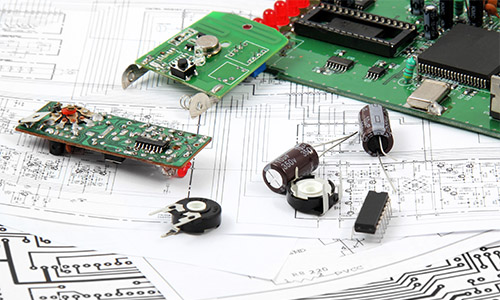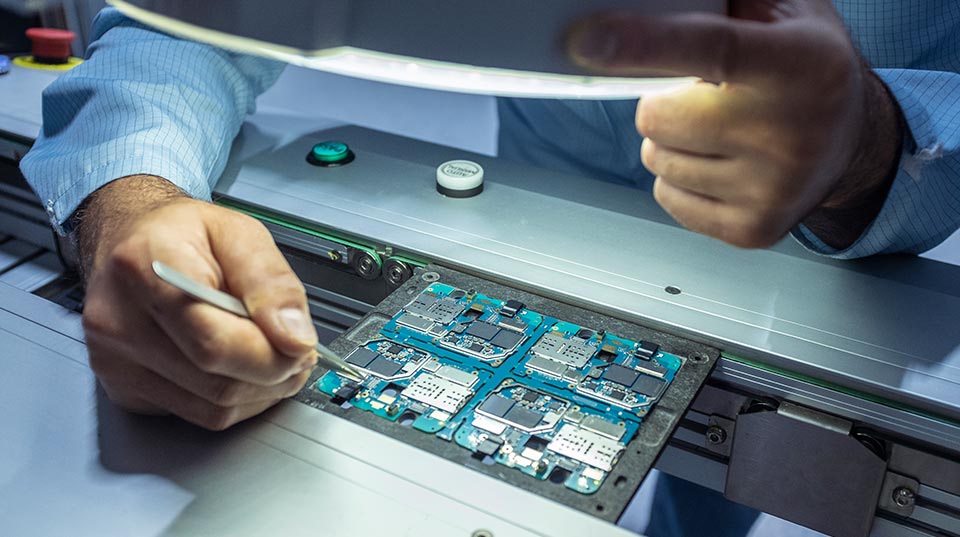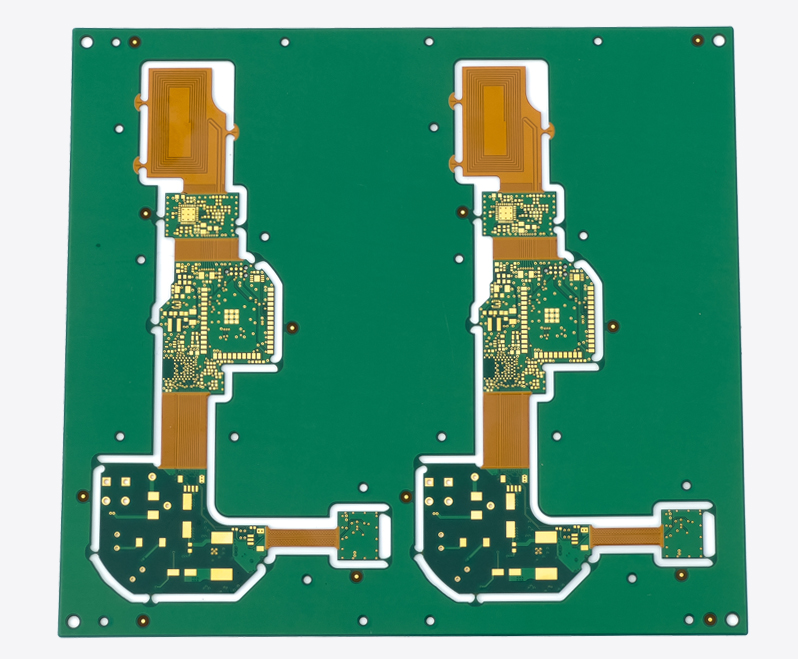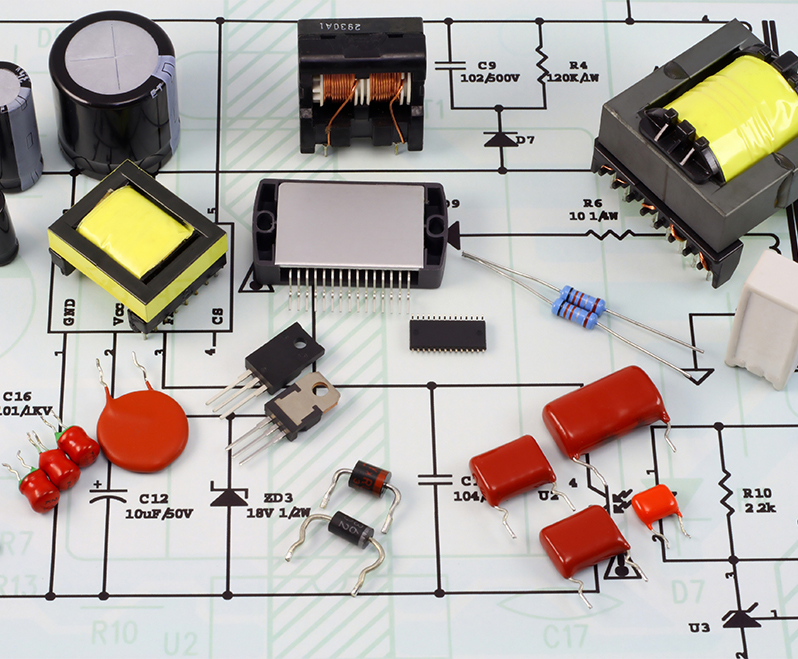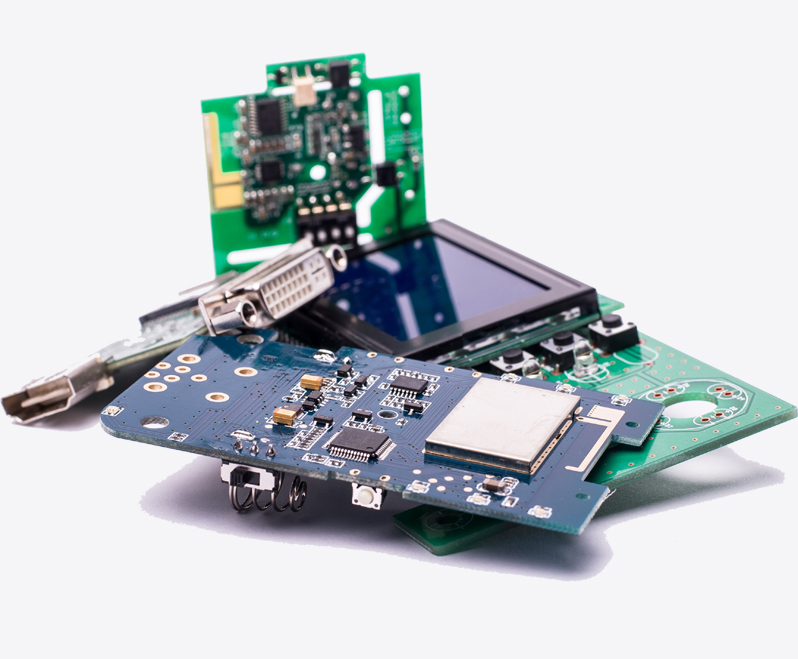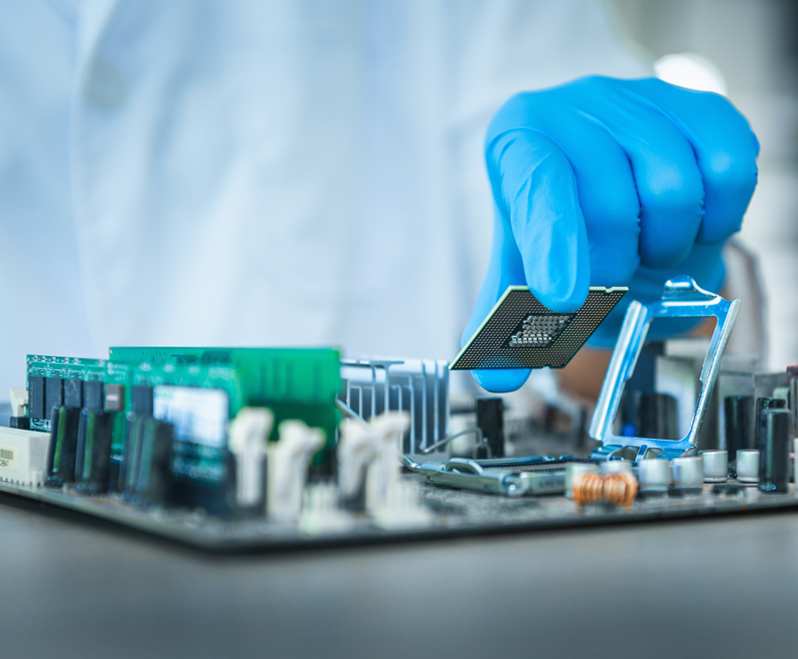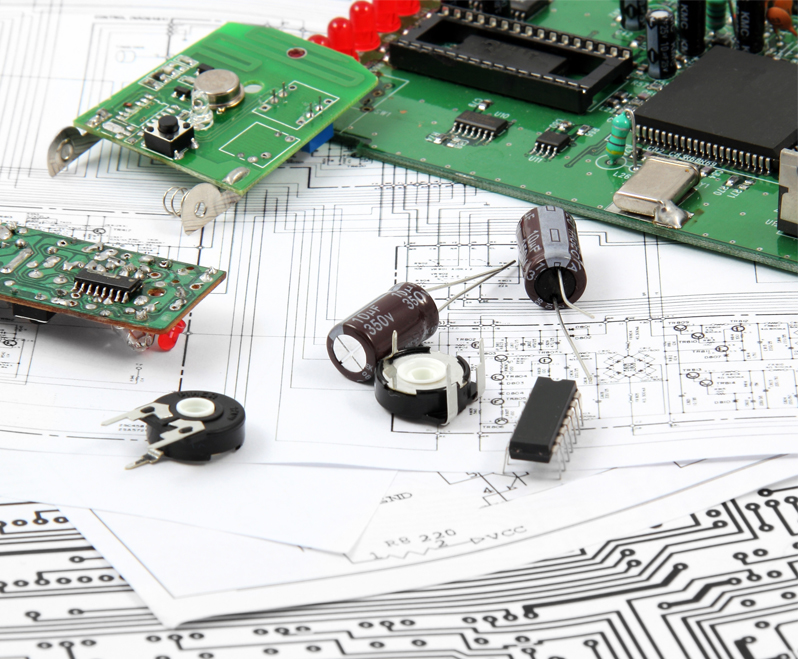Accelerate Innovation with Our Comprehensive Printed Circuit Assembly Manufacturing
PCB Assembly: From Concept to Completion
- Professional PCB Layout
- Easy Online Circuit Board Design
- PCB Board Production with Fast Delivery
- Trusted Printed Circuit Board Manufacturers
- Electronics Manufacturing Companies for Diverse Industries
SCSPCBA Uses 3 Types PCBA Design Schemes
- Manual Circuit Design
Using specialized circuit on-board design software creates a schematic and circuit board layout.
The advantage: it provides more flexibility and control over the assembly board design process
The downside: this method is time-consuming and requires a high level of PCB circuit board expertise
- Automation Design
Using computer-aided design (CAD) software to create the PCB board layout.
Advantages: faster and more accurate, saving time
The downside: It’s not as flexible as manual circuit design and requires specialized PCB drawing software and expertise.
- Hybrid Circuit on Board Design
SCSPCBA uses automated design software to create the circuit board’s basic layout, which is then fine-tuned manually.
In the actual printed circuit board design process, SCSPCBA is based on customer needs. The choice of circuit board design method depends on the project’s specific needs and requirements and the professional knowledge of our circuit board designers.
SCSPCBA Design Printed Circuit Assembly Scheme
- Get Quality Draw Circuit Schematic Diagrams
Create and draw circuit schematics to clarify circuit structure and signal transmission paths. During the circuit board design process of SCSPCBA, wiring rules, signal integrity and noise suppression will be considered, and these requirements will determine the overall structure, electronic parts selection and layout of the assembled circuit board.
- Selection of Electronic Components
According to the requirements of the circuit schematic diagram, SCSPCBA will select circuit board electronic components that meet the requirements, including integrated circuits, sensors, capacitors, inductors, transistors, etc.
- PCB Layout Design
According to the schematic design, SCSPCBA will select and place the corresponding electronic components on the PCB board. Distance, height, direction, impedance matching, and signal integrity between devices should be considered during circuit board layout design. We follow circuit on board wiring rules and EMC specifications.
- Gerber File Generation
Once the PCB layout design is complete, the next step is to generate the Gerber files. These files contain the information needed to manufacture the printed circuit board.
- PCB Assembly and Manufacturing
After generating the Gerber file, SCSPCBA will manufacture the printed circuit card and surface-mount electronic components.
SCSPCBA can choose the appropriate printed circuit board materials, PCB manufacturing process, and circuit board factory during the assembly and manufacturing process.
- Electronic Component Placement
After the circuit board is manufactured, the electronic parts are placed on the it. When assembling PC board components, pay attention to the correct orientation, which is usually done using SMT machinery.
- Assembly Soldering
After placing the electronic components, solder the printed circuit board. This involves heating and melting the solder, creating a bond between the component and PCB board.
- Testing PCB Boards and Verification
After the soldering circuit is completed, SCSPCBA conducts circuit board testing and verification. During the test PCB verification process, the connection and function of the circuit board components need to be tested.
- Fast Turn Circuit Board Assembly
After testing boards are complete, the circuit board is ready for final assembly. This involves mounting the PCB board in its housing and connecting any external electronic components such as power supplies and connectors.
SCSPCBA Offer Reliable PCB Assembly Services
- Circuit Design Considerations
Designing printed circuit board assembly considers circuit board size and shape, trace widths, and clearance distances.
- Electronic Component Selection
Parts in a circuit board such as resistors, capacitors, and integrated circuits, attention component placement in PCB and orientation, and use of surface mount components.
- PCB Assembly Processes
PCB board assembly processes such as PCB drawing, programming PCB board, circuit board solder, component placement, surface mounting technology, PCB fab process, and PCB board testing.
- PCB Board Testing Procedures
Printed circuit assembly manufacturing testing procedures include electrical testing, functional testing, and environmental testing.
Choose SCSPCBA for reliable and high-quality circuit board assembly manufacturing services to meet all your electronics needs. On-Time Delivery, upgrade your PCBA prototyping service.
Common Problems in PCBA Design Scheme
Several common problems may occur in the printed circuit assembly design scheme:
- Electronic Components Parts Placement
Improper electronics component placement can lead to issues such as signal interference, thermal management issues, or insufficient assembly clearance.
- Circuit Board Trace Routing
Improper trace routing can lead to signal integrity issues and signal noise, which can lead to errors in the design scheme after printed circuit board assy.
- Power Distribution
Improper power distribution can lead to voltage drops, ground loops, and unstable circuit power conditions.
- Design for Assembly (DFA)
Insufficient consideration of DFA principles will lead to increased PCB assembly time, increased cost, and reduced reliability of printed circuit board design solutions.
- Design for Testability (DFT)
Ignoring DFT principles can make it difficult to PCB test and diagnose problems during production, leading to delays and additional costs.
- Thermal Management
Improper thermal management can lead to electronic component overheating, shortened lifetime and printable circuit board failure.
- Noise Immunity
Lack of attention to noise immunity can lead to electromagnetic interference (EMI) and radio frequency interference (RFI), which can lead to signal errors and PCB assembly manufacturing failures.
- Circuit Design Verification
Incomplete PCB board design verification can lead to PCBA circuit board prototypes that do not meet performance or reliability requirements.
Attention to these issues must be taken during the printed circuit board design phase to ensure reliable operation of the circuit board and minimize the risk of manufacturing and assembly problems.
Example Of SCSPCBA On PCBA Design Scheme
- PCBA Design LED Light Panel Lighting Application
The printed circuit assembly includes electronic components such as resistors, capacitors and LED chips arranged in a specific pc board
layout to control the brightness and color of the light.
- PCBA Design Motor Control Board Application
Used in applications such as robotics and automation to control the speed and direction of motors. Such motor circuit PCB boards typically include circuit components such as microcontrollers, drivers, and power management circuits.
- PCBA Design Audio Amplifier Board Application
Consists of circuit board components such as operational amplifiers, capacitors, and resistors arranged in a specific layout to amplify and filter audio signals.
- PCBA Design Microcontroller Board Application
IoT devices and home automation include microcontrollers, memory, input/output interfaces, and other circuitry needed to control and communicate with other circuit components.
- PCBA Design Power Board Application
The power board is used to provide regulated power for various electronic devices. Includes components such as transformers, rectifiers, capacitors and voltage regulators arranged in a specific layout to provide a stable and reliable power supply.

